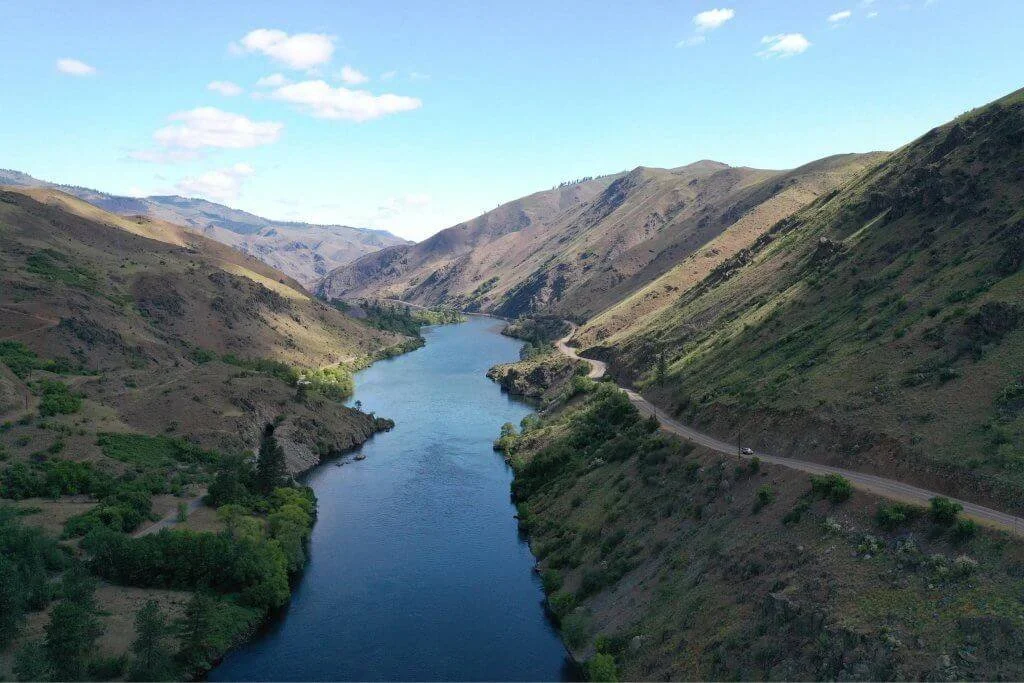homestate idaho
By Ben Everidge for Thomas
Photo Credit: Visit Idaho
idaho at the Crossroads: 10 Issues That Define the gem state’s Future
“Idaho was once where people went to get away. Now it’s where they go to begin again. The question is whether the Gem State can grow without losing its shine.”
- Ben Everidge
Idaho was once a quiet outpost of the American Northwest. A state of wide valleys, mountain towns, and deeply conservative independence. Today, it’s one of the fastest-growing states in the nation, shaped by migration, rising real estate, and shifting demographics. Growth has brought prosperity and tension in equal measures. The Gem State now faces a fundamental question: can it polish its new prosperity without dulling the rugged character that made it shine?
1. Population Growth and Urban Pressure
Idaho’s population has surged by nearly 20% in the past decade, driven by migration from California and neighboring states. Boise, Meridian, and Coeur d’Alene are booming, while rural counties strain to keep up. Growth management, infrastructure, and community balance will define the next decade.
2. Housing Affordability and Development
Once one of the most affordable states in America, Idaho now faces soaring home prices that are squeezing local families. Balancing development with livability and protecting farmland from sprawl has become a defining political and economic issues.
3. Education and Workforce Readiness
Teacher shortages, underfunded schools, and low college enrollment rates threaten Idaho’s long-term competitiveness. Expanding vocational programs and investing in STEM education could prepare a new generation for a diversified economy.
4. Water Rights and Resource Management
Agriculture, population growth, and drought are placing increasing pressure on Idaho’s water systems. Negotiating water rights among farmers, cities, and neighboring states will be essential to sustaining both economic and environmental health.
5. Economic Diversification and Technology Growth
Boise’s tech industry is booming, attracting startups and remote workers. But much of Idaho’s economy still depends on agriculture, construction, and resource extraction. Encouraging innovation while protecting traditional industries will shape its next chapter.
6. Political Polarization and Independent Identity
Idaho remains deeply conservative but increasingly divided between populist and pragmatic factions. A growing number of independents could play a moderating role, challenging both major parties to refocus on practical governance.
7. Agriculture and Food Security
From potatoes to dairy, agriculture remains central to Idaho’s economy. Yet labor shortages, land conversion, and climate change threaten production. Strengthening local food systems and sustainable practices will help preserve this core identity.
8. Energy and Environmental Balance
Hydropower and natural gas dominate Idaho’s energy landscape, but renewables are rising fast. The state must navigate growing debates over dams, salmon restoration, and clean energy development to balance progress with preservation.
9. Infrastructure, Transportation, and Growth Corridors
Rapid development has outpaced the construction of roads, bridges, and public transit in key regions. Strategic investment in transportation and broadband will determine whether Idaho’s growth feels like opportunity or overload.
10. Cultural Change and Civic Cohesion
The influx of newcomers has altered Idaho’s social fabric, sparking tensions between growth and tradition. Whether the state leans into its independent ethos or retreats into resistance will determine whether Idaho emerges as a model for balance or another casualty of cultural division.
The Thomas Take
Idaho is no longer a secret, and that’s both its strength and its struggle. The Gem State’s challenge is to shape its growth without surrendering its character. If it can protect its land, invest in its people, and maintain the quiet confidence that built it, Idaho may show America what modern independence really looks like.
To learn more about Idaho’s issues, read:

